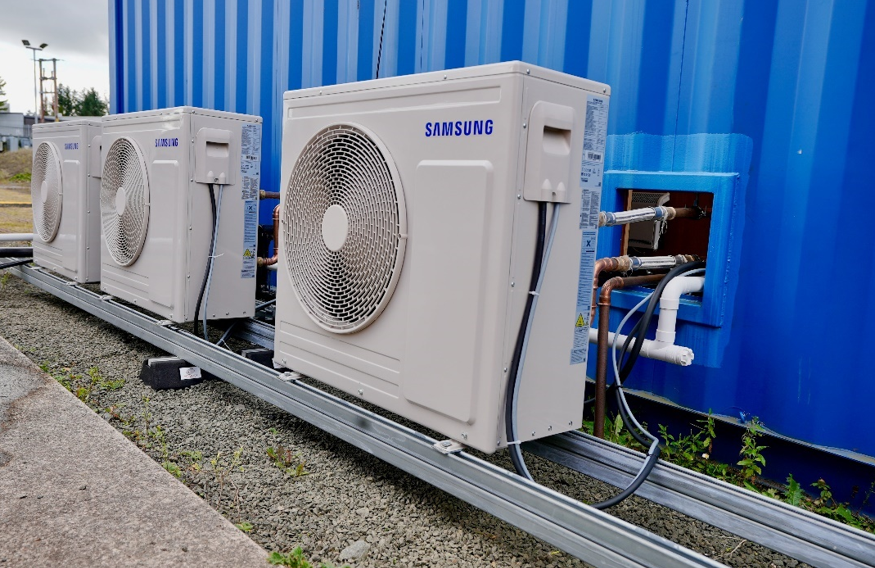Switching to ammonia as a marine fuel, with the goal of decarbonisation, can instead create entirely new problems.
This is shown in a study from Chalmers University of Technology in Sweden, where researchers carried out life cycle analyses for batteries and for three electrofuels including ammonia. Eutrophication and acidification are some of the environmental problems that can be traced to the use of ammonia – as well as emissions of laughing gas, which is a very potent greenhouse gas.
In the search for viable fossil-free marine fuels, ammonia has been on the agenda for several years as one of the strongest alternatives. Ammonia (NH3) is a carbon-free fuel and has the advantage of a higher energy density than, for example, hydrogen. It can also be liquefied fairly easily although it is a gas at standard conditions. However, a significant disadvantage is that the production of electro-ammonia – which requires electricity – is very energy intensive.
“The market is usually drawn by costs, and since electro-ammonia has the lowest cost, the market is aiming towards it. There is a hype around this fuel in shipping today. But if, and when, we make a shift to ammonia, it is to solve the problem of using fossil fuels, and at the moment it seems like we might end up creating more problems instead”, said Fayas Malik Kanchiralla.
The study also shows that it is very difficult to find a simple non-fossil fuel solution that both works for all types of ships and is able to meet the goal of reducing greenhouse gas emissions in shipping. Assessing the environmental and economic aspects of different fuel options for the shipping sector is complex, and several factors need to be considered when developing climate strategies for various types of ships and modes of operation.
© 2019 Perspective Publishing Privacy & Cookies







Recent Stories